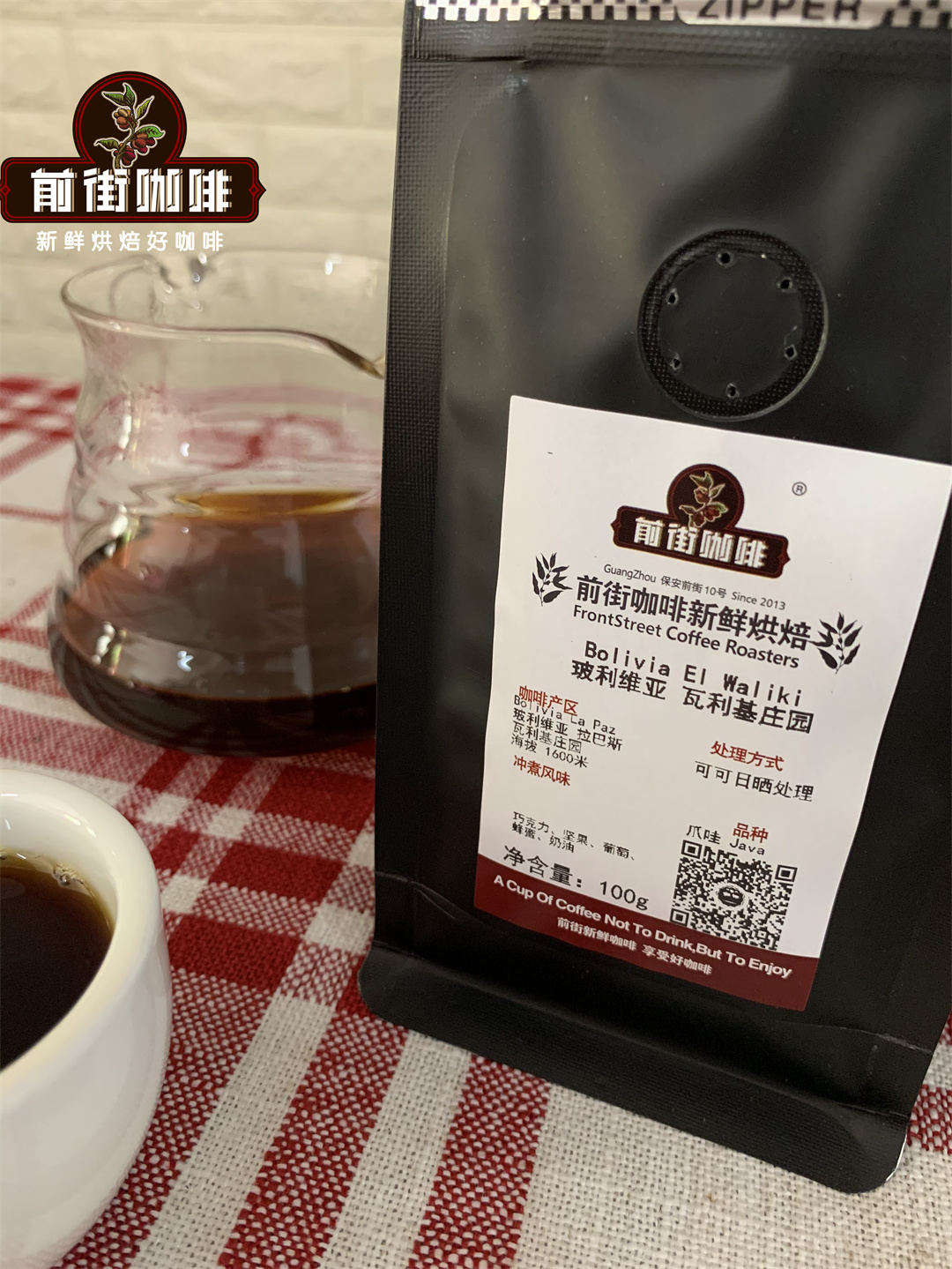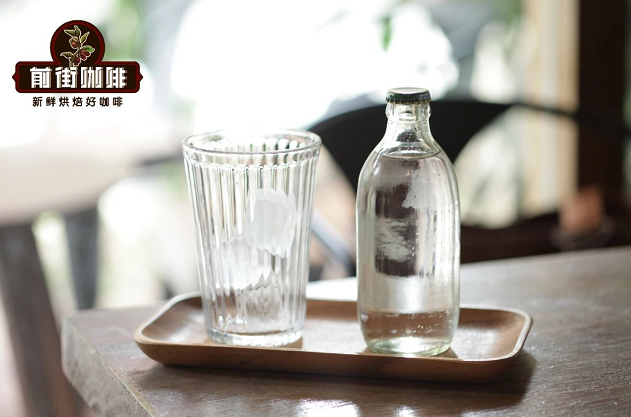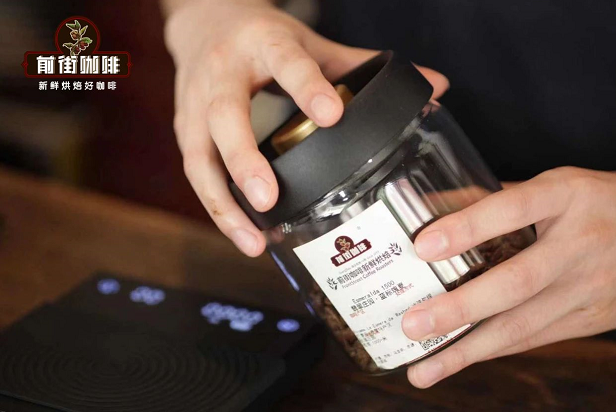Organic Coffee cultivation of Bolivian Fine Coffee Arabica Coffee
Located in the western heart of South America, Bolivia covers an area of 1098581 square kilometers-about three times the size of Montana. The two mountains of the Andes span western Bolivia and form three major geographical regions of the country: the mountain highlands and Altiplano in the west, the subtropical Yonggas and temperate valleys on the eastern slopes, and the tropical lowlands across the north and north. The eastern region is called the east. Coffee production in Bolivia is concentrated in rural areas of Yungas, where about 95 per cent of cultivation takes place in other growing areas including Santa Cruz, Beni, Cochabamba, Tariha and Pando. Despite the existence of commercial farms and estates, the Government's land reform has requisitioned most of the land and redistributed it to rural farmers. These small plots of land, ranging from 1 to 8 hectares, produce 85-95% of Bolivia's coffee, most of which are Arabica coffee varieties and are organically grown.

Bolivia has all the ingredients to be a producer of high-quality coffee, such as altitude, fertile soil and a continuous rainy season. However, rugged terrain and lack of infrastructure and technology make post-harvest quality control a challenging task. Funding from development agencies is building processing facilities in rural areas so that farmers can have access to resources that help ensure high-quality beans while adding value to their products. In the industry as a whole, 28 private companies control more than 70% of coffee exports. The remaining percentage is traded by 17 coffee cooperatives in Bolivia. The private and cooperative sectors are the Bolivian Coffee Commission, and most of Bolivia's (green) coffee beans are exported to the United States, Germany and other parts of Europe, the Russian Federation and Japan. Despite the multiple challenges to coffee quality-including transport, lack of technical support and processing difficulties-Bolivia has made great progress in entering the boutique coffee market in recent years. The Joyo Cup is scheduled to arrive in the country in 2004, when the Bolivian coffee community is open to the world and international development organizations are interested in providing viable alternatives to coca production in the country, thus strengthening the campaign. In fact, the small-scale nature of the country's production makes Bolivia a paradise for miniature plots, and Bolivian farms are usually operated and managed as a family business, with each family member involved in all stages of production, thus contributing unique quality to each farm. Farm production.
A large number of cooperatives and associations that have formal links with the Bolivian Federation of Coffee growers and exporters (FECAFEB) are working to gain access to foreign markets.
Coffee production in Bolivia is not without challenges. The country has the most dangerous road in the world, the infamous "road of death", connecting the Yonggas coffee-growing region with the capital La Paz. In the past 30 years, agricultural trade has been transported along this road, causing huge bottlenecks and numerous fatal accidents. The new highway, which began operation in 2006, lasted three years, and after the joint efforts of 10 governments, it bypassed one of the most dangerous sections of the old "road of death". As a result, the development of agricultural transportation and Yonggas area has been greatly improved. Nevertheless, the country is landlocked and exports are usually shipped from Peru, which means that transportation is not always easy.
Important Notice :
前街咖啡 FrontStreet Coffee has moved to new addredd:
FrontStreet Coffee Address: 315,Donghua East Road,GuangZhou
Tel:020 38364473
- Prev

How to make sparkling iced American coffee? What's the difference between iced Americano and sparkling Americano?
Bubble American iced coffee materials and practices are very simple, in the material only need to prepare ice cubes, soda water (salt soda), espresso. The production method is to mix the above materials reasonably. Of course, there are a lot of details to be paid to making a nice, cold, refreshing sparkling American iced coffee. material selection
- Next

How long can open coffee beans last? How can coffee powder not taste bad? Professional coffee powder preservation teaching.
important factors. How to preserve roasted coffee beans? Roasted coffee beans need to pay attention to humidity temperature and oxidation, oxidation will make roasted coffee beans flavor dissipation speed up. How long can coffee beans last? Coffee beans taste period in the coffee beans after the completion of roasting 4-30 days. After a while, enjoy the taste
Related
- Beginners will see the "Coffee pull flower" guide!
- What is the difference between ice blog purified milk and ordinary milk coffee?
- Why is the Philippines the largest producer of crops in Liberia?
- For coffee extraction, should the fine powder be retained?
- How does extracted espresso fill pressed powder? How much strength does it take to press the powder?
- How to make jasmine cold extract coffee? Is the jasmine + latte good?
- Will this little toy really make the coffee taste better? How does Lily Drip affect coffee extraction?
- Will the action of slapping the filter cup also affect coffee extraction?
- What's the difference between powder-to-water ratio and powder-to-liquid ratio?
- What is the Ethiopian local species? What does it have to do with Heirloom native species?

